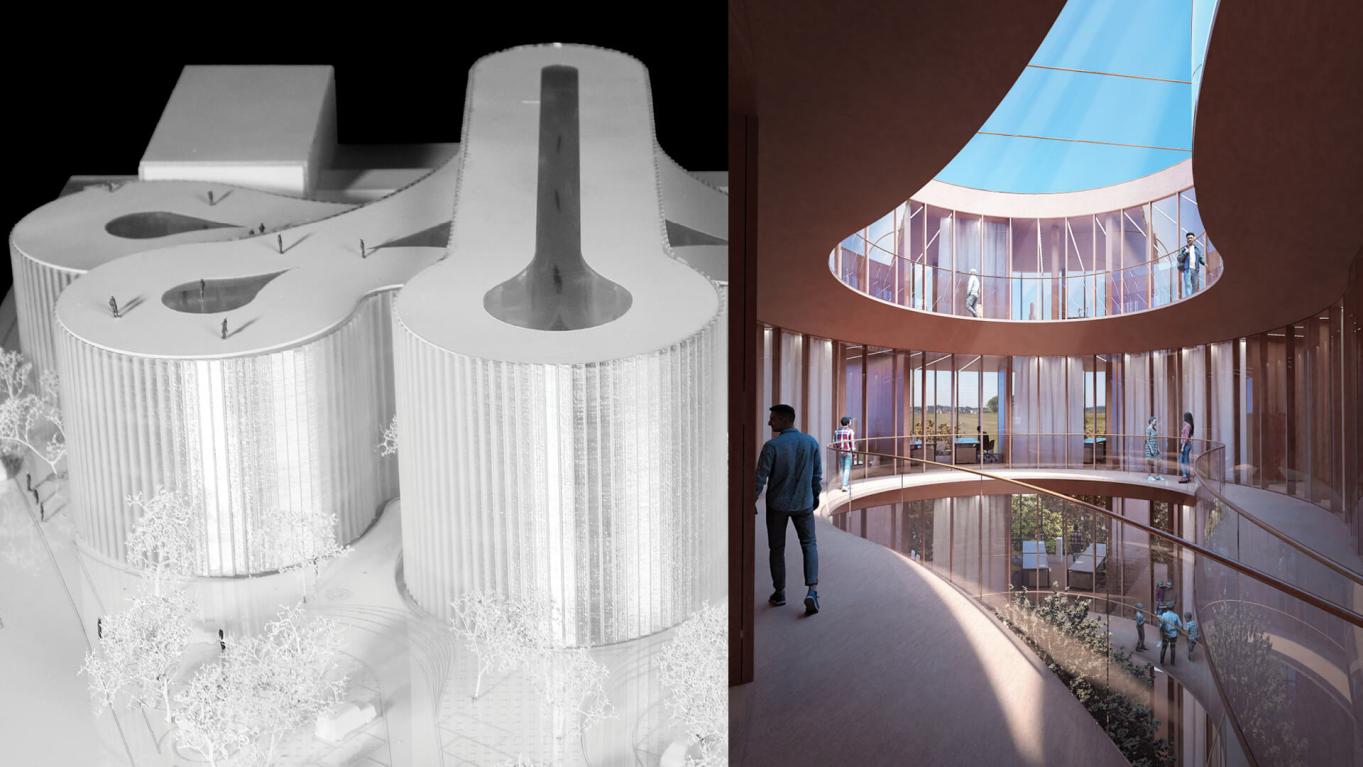How Can Neuroscience Research Help Architects Create More Human-Centric Designs?
Architecture has a profound impact on human experience, shaping our perception, cognition, and behavior. As such, architects have a responsibility to design spaces that are not only aesthetically pleasing but also supportive of human well-being. Neuroscience research offers valuable insights into the inner workings of the human brain, providing architects with a deeper understanding of how people perceive, interact with, and respond to their surroundings.

I. Introduction:
A. Defining Human-Centric Design:
- Human-centric design prioritizes the needs, preferences, and well-being of the people who will inhabit a space.
- It involves understanding how humans perceive, interact with, and respond to their environment.
B. The Role of Neuroscience Research:
- Neuroscience research investigates the structure and function of the nervous system, including the brain.
- It provides insights into how humans perceive, process information, make decisions, and respond to their environment.

C. Neuroscience Insights Informing Architectural Design:
- Neuroscience findings can help architects understand how design elements such as lighting, color, spatial layout, and material choices influence human perception, cognition, and behavior.
- This knowledge can be applied to create spaces that are more responsive to human needs and promote well-being.
II. Neuroscience And Human Perception:
A. Visual Perception:
- Neuroscience research has revealed how humans perceive and process visual information.
- Architects can use this knowledge to design spaces that are visually appealing, reduce visual clutter, and optimize natural light.

B. Auditory Perception:
- Neuroscience studies have explored the neuroscience of sound perception and its impact on human experience.
- Architects can apply this knowledge to design spaces that optimize acoustic comfort, minimize noise pollution, and create immersive auditory experiences.
C. Haptic Perception:
- Neuroscience research has investigated the neuroscience of touch and its role in human interaction with the built environment.
- Architects can use this knowledge to design tactile experiences through material choices and textures, enhancing the sensory richness of spaces.
III. Neuroscience And Human Cognition:
A. Spatial Cognition:
- Neuroscience research has explored how humans perceive and navigate space.
- Architects can apply this knowledge to create intuitive wayfinding systems, optimize spatial layouts, and enhance the overall spatial experience.
B. Memory and Emotion:
- Neuroscience studies have investigated the neuroscience of memory formation and its connection to emotional experiences.
- Architects can use this knowledge to design spaces that evoke positive emotions, create memorable experiences, and support cognitive function.
C. Attention and Focus:
- Neuroscience research has explored the neuroscience of attention and its impact on human performance and well-being.
- Architects can apply this knowledge to design spaces that promote focus and concentration, reduce distractions, and support productivity.
IV. Neuroscience And Human Behavior:
A. Social Behavior:
- Neuroscience research has investigated the neuroscience of social interactions and its implications for architectural design.
- Architects can use this knowledge to create spaces that foster social interaction, collaboration, and community building.
B. Privacy and Personal Space:
- Neuroscience studies have explored the neuroscience of personal space and its role in human comfort and well-being.
- Architects can apply this knowledge to design spaces that respect individual privacy needs, provide opportunities for solitude, and support personal well-being.
C. Stress and Anxiety:
- Neuroscience research has investigated the neuroscience of stress and anxiety and their impact on human health.
- Architects can use this knowledge to design spaces that reduce stress, promote relaxation, and support mental well-being.
V. Conclusion:
Neuroscience research offers valuable insights into the inner workings of the human brain, providing architects with a deeper understanding of how people perceive, interact with, and respond to their surroundings. By integrating neuroscience findings into architectural design, architects can create spaces that are not only aesthetically pleasing but also supportive of human well-being, promoting cognitive function, emotional well-being, and social interaction. Interdisciplinary collaboration between architects and neuroscientists is crucial to advancing this field and creating human-centric designs that truly enhance the quality of life.
YesNo

Leave a Reply